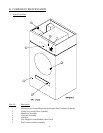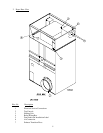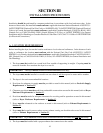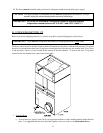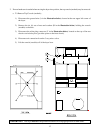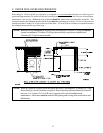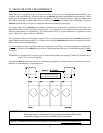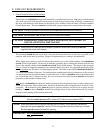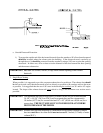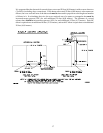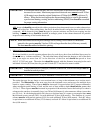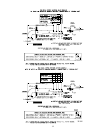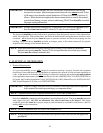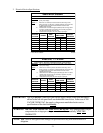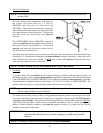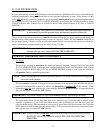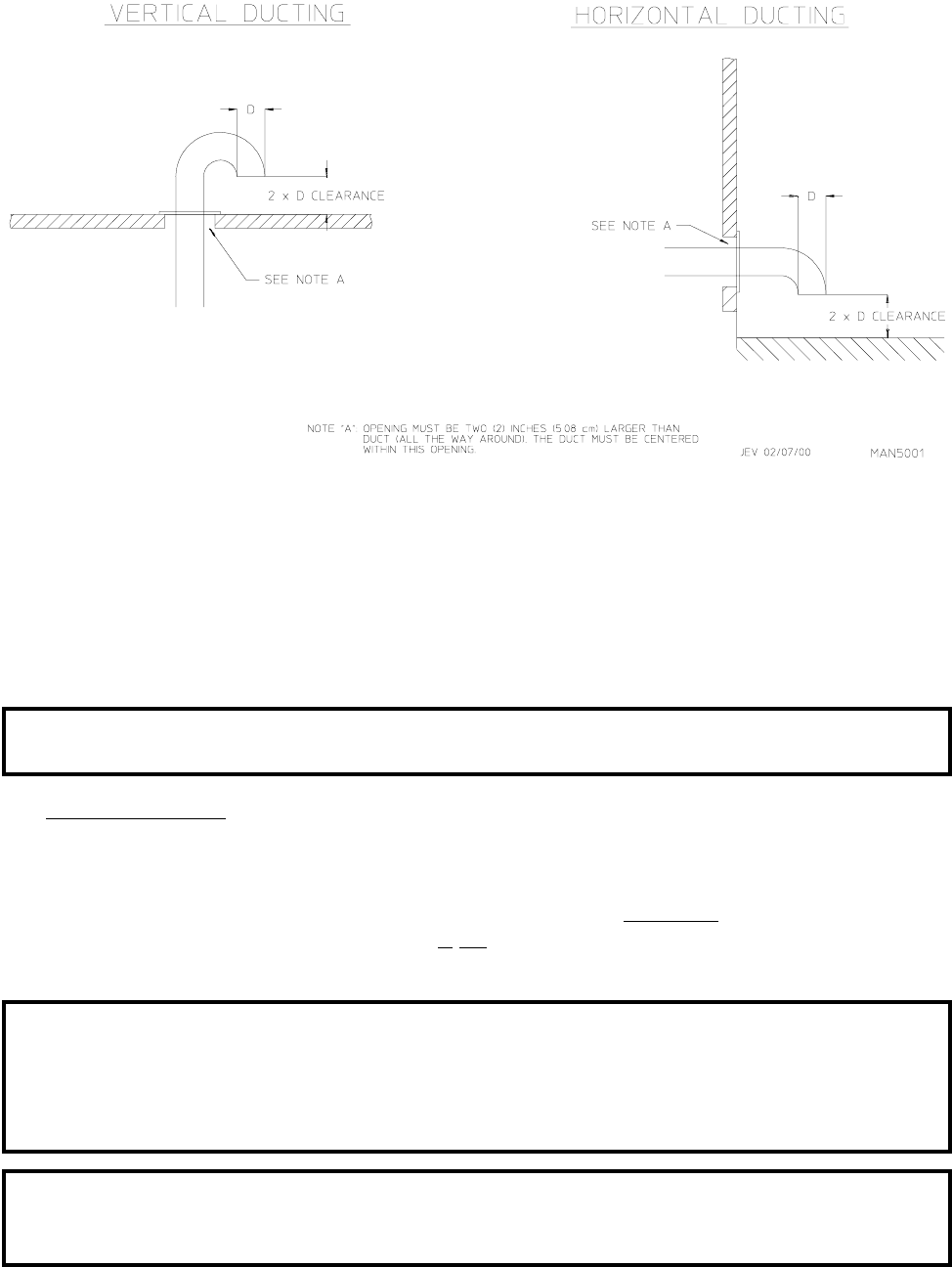
16
a. Outside Ductwork Protection
1) To protect the outside end of the horizontal ductwork from the weather, a 90° elbow bent downward
should be installed where the exhaust exits the building. If the ductwork travels vertically up
through the roof, it should be protected from the weather by using a 180° turn to point the opening
downward. In either case, allow at least twice the diameter of the duct between the duct opening
and the nearest obstruction.
IMPORTANT: DO NOT use screens, louvers, or caps on the outside opening of the exhaust
ductwork.
2. Single Dryer Venting
When possible, it is suggested to provide a separate exhaust duct for each dryer. The exhaust duct should
be laid out in such a way that the ductwork travels as directly as possible to the outdoors with as few turns
as possible. It is suggested that the use of 90° turns in the ducting be avoided; use 30° and/or 45° angles
instead. The shape of the exhaust ductwork is not critical so long as the minimum cross section area is
provided.
IMPORTANT: The minimum duct size for a gas unit is 16-inches (40.64 cm) for a round duct and
14-1/4” x 14-1/4” (36.2 cm x 36.2 cm) for a square duct and for a steam unit is
18-inches (45.72 cm) for a round duct and 16” x 16” (40.64 cm x 40.64 cm) for a
square duct. THE DUCT SIZE MUST NOT BE REDUCED ANYWHERE
DOWNSTREAM OF THE DRYER.
IMPORTANT: Exhaust back pressure measured by a manometer at each basket (tumbler) exhaust
duct area must be no less than 0 and must not exceed 0.3 inches (0.74 mb) of water
column (W.C.).



